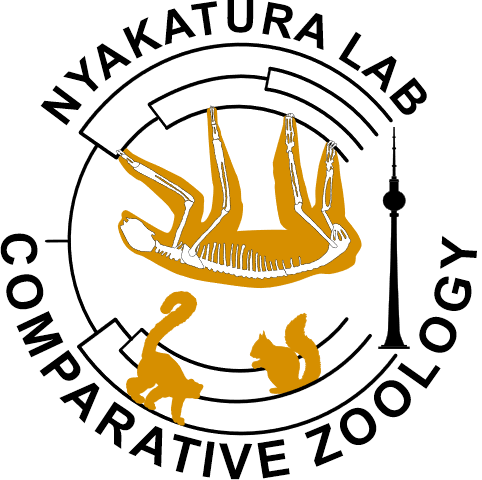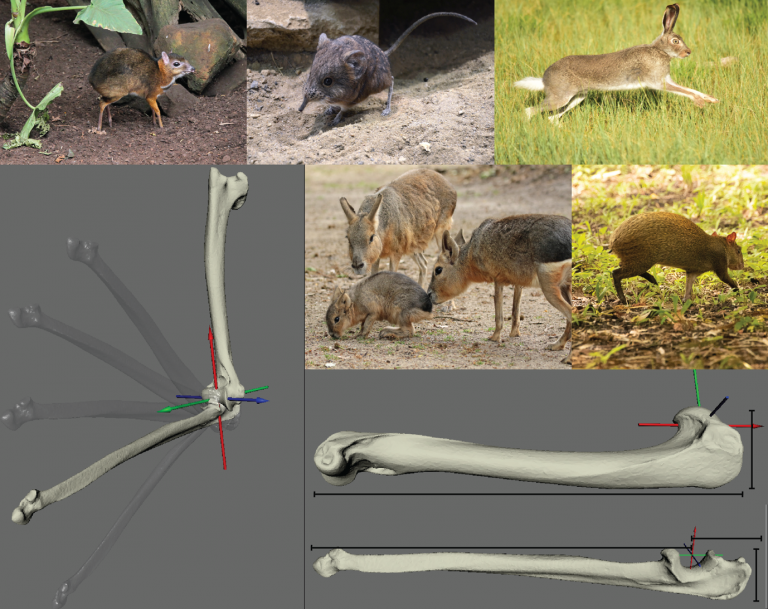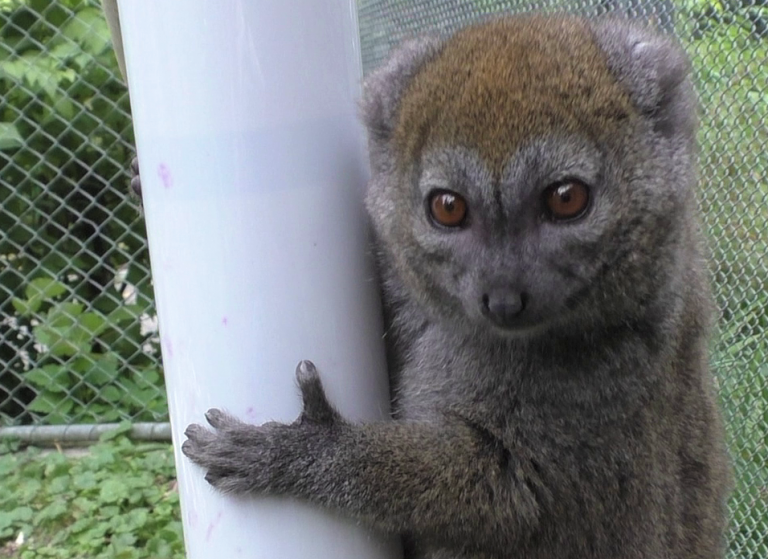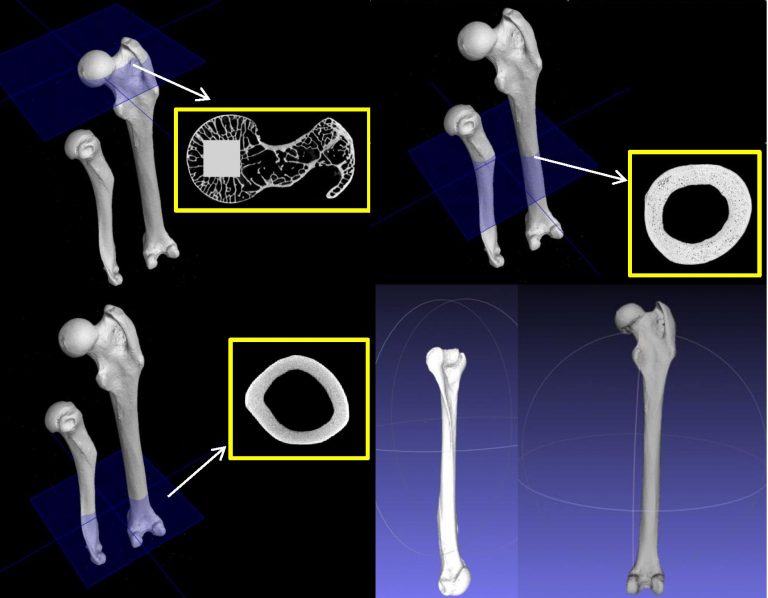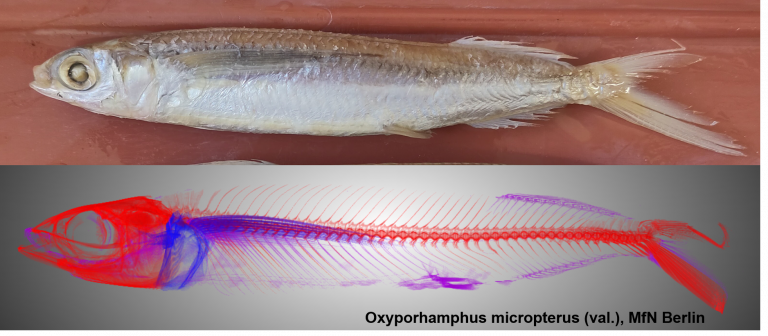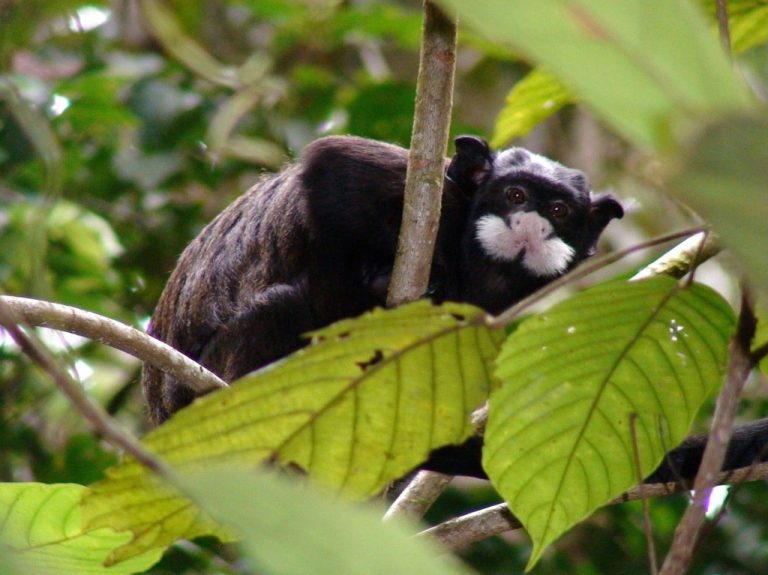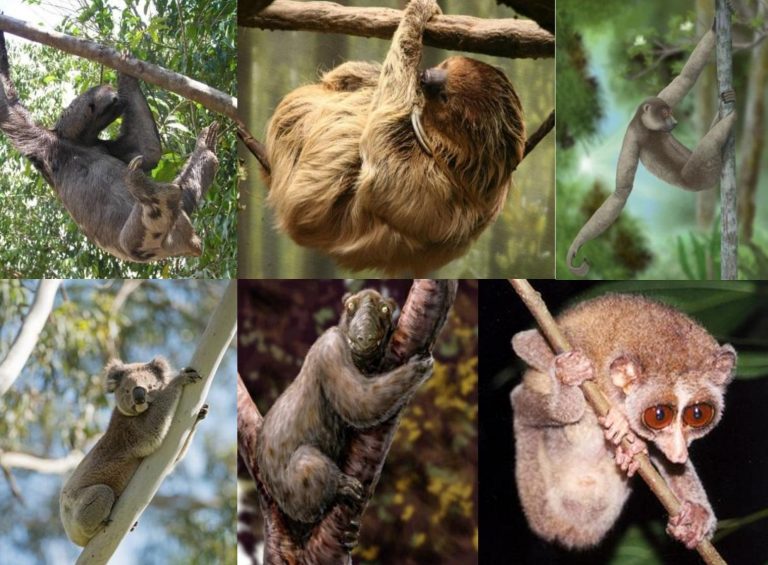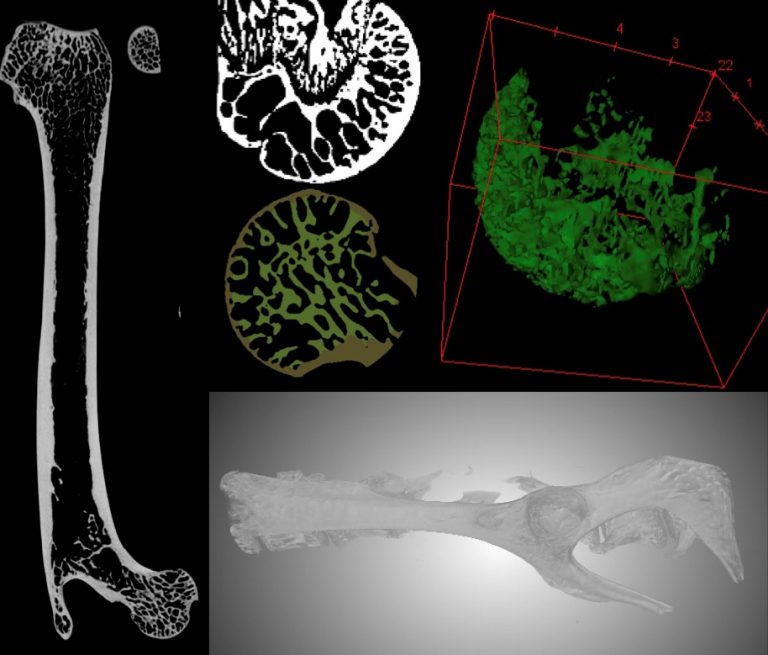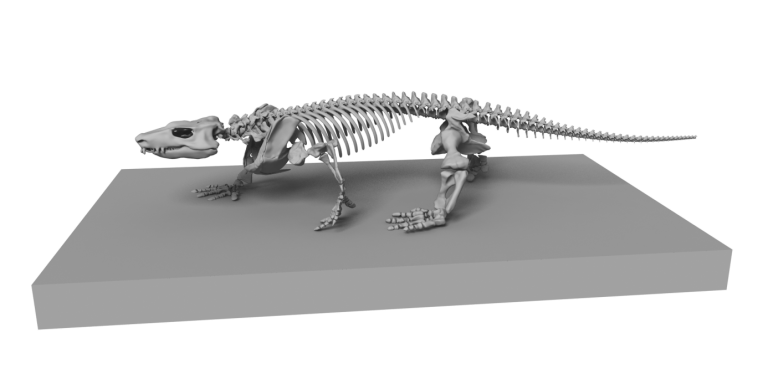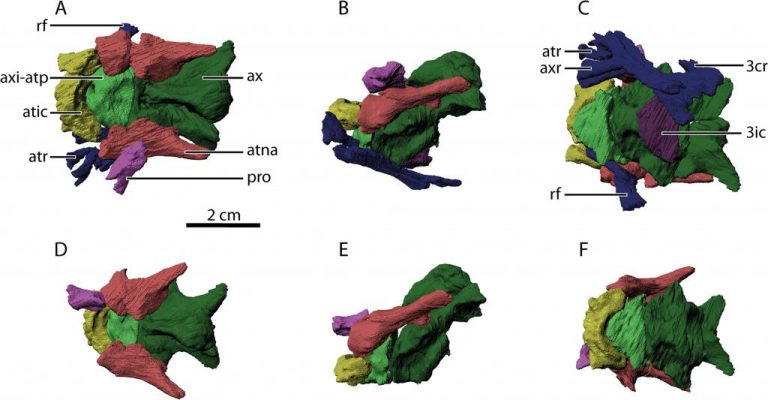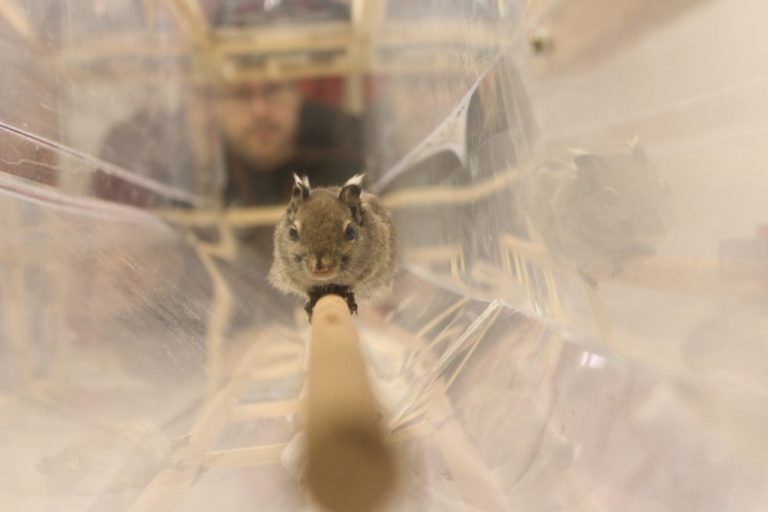Research
Learn more about our research projects.
Unravelling Early Stages in the Evolution of Cursorial Mammals
It has been established that cursorial traits in large herbivorous mammals, while enabling fast locomotion, are primarily an adaptation for energy-efficient long-distance locomotion. But 75-55 million years ago, the first members of ungulate groups were small and lived in what was likely open canopy forests.
This project is investigating these early stages in the evolution of cursoriality in mammals. We use an integrated approach, combining collection based morphometrics of fossils and extant “microcursorials”, in situ Range of motion- analyses, and in vivo experiments of extant species. The biomechanical and morpho-functional properties of extant microcursorials are key in understanding the early stages of cursorial evolution.
Therefore, these properties will be quantified and used to infer adaptational pressures acting on the ancestors of modern-day ungulates.
"Grasping grasping": new views through biomechanics and functional morphology of small arboreal mammals
This project aims at studying the autopodial grasping and locomotor adaptations of various arboreal mammals, with particular interest in better understanding the origin and evolution of early primates in their arboreal environment. We perform behavioral and morphological studies from an integrative and comparative perspective, using state-of-the-art technics combining kinematics, support reaction force measurements, 3D geometric morphometrics, computer-aided modeling of joint range of motion, and histological analysis.
Funding from the Alexander von Humboldt Foundation
Functional Morphology and Evolution of Xenarthran Limbs
After collecting computed tomography data of xenarthran limb bones from major German and selected European research collections we now analyse the bone microstructure and 3D geometric morphometrics in a comparative manner (images of a galago, Primates, are shown). We are using multivariate phylogenetically informed analyses. Data from extant species are used to infer paleoecology of Patagonian Early Miocene sloths.
Additionally, we currently perform in-vivo x-ray motion analysis in collaboration with the university of Leipzig.
Funding from the Alexander von Humboldt Foundation and in form of a Elsa-Neumann-Stipend
The morphology of the pectoral region of flying fish (Exocoetidae) and relatives (Beloniformes)
Flying fish (Exocoetidae) are capable of jumping and gliding considerable distances over the surface of the ocean using their pectoral (and in some cases pelvic) fins as wings. This project uses manual and semi-automated 3D segmentation software to investigate the morphology of the skeleton especially around the pectoral girdle region of Exocoetidae and relatives from the Beloniformes which have varying levels of flying abilities.
On Adaptation: Jumping Behaviour and Functional Morphology of the Hind Limb in Callitrichid Primates as Model Systems
This project about the evolutionary transformations in jumping adaptations across the small and agile New World primates of the family Callitrichidae will integrate four levels of possible evolutionary adaptation: structure, function, performance, and behaviour. Due to the blending of experimental and collection-based work in terms of ex-vivo analyses (using cadavers and museum collections), an in-vivo laboratory approach, and a field study, the analysis of this group is designed to present a paragon of how to reconstruct locomotor evolution and adaptation also for other mammalian and even non-mammalian vertebrate groups in our lab.
Funding from the German Research Foundation (DFG) and the Einstein Foundation of Berlin
Convergent evolution of slow arboreal mammals
We study the peculiar slow arboreal lifestyle, acquired several times independently in phylogenetically and geographically distant lineages during the evolutionary diversification of mammals. Postcranial elements of clades featuring this ecology are investigated at several levels of bone integration (external gross anatomy, internal diahyseal and epiphyseal architecture and microstructure). We aim to identify postcranial morphological convergences potentially driven by ecological, locomotor and physiological aspects of slow arboreality.
Funding in form of a Elsa-Neumann-Stipend
Morphology and ecology of Muroidea
This project currently comprises several bachelor thesis projects, analyzing the 3D shape, tracebular structure, and cross-sectional properties of the humerus and femur of pelves and femora. We received muroid skeletons from the Museum für Naturkunde Berlin and from Zoologische Staatssammlung München for the acquisition of microCT data. The scans are analyzed in ORS Dragonfly, ImageJ, and RStudio. Our goal is to explore the scaling properties of long bones with body size, how loading patterns resulting from different lifestyles influence the properties of the bone parameters and to analyze the shape of the bones in Muroidea and whether these properties reflect adaptations to diverse locomotor ecologies.
Ecomorphology of Caviomorpha
This project focusses on the evolutionary diversity of caviomorph rodents, a radiation of more than 200 species that adapted to various lifestyles. In comparative analyses, we study different aspects of the appendicular musculoskeletal system. Bones are analysed based in micro CT data in terms of shape, cross-sectional properties, and bone internal structure. Further we try to understand ecomorphological adaptations at the level of lever systems, leveraging 3D modelling to determine instantaneous muscle moment arms.
Functional Morphology and Locomotion of the Stem Amniote Orobates pabsti
In this project we first prepared a 3D digital reconstruction of the early tetrapod Orobates pabsti (see photo). Next, we used intensive analysis of modern sprawling tetrapods to inform the reconstruction of locomotor characteristics of the fossil. In an innovative approach we are currently using a whole-body animation to find plausible combinations of kinematic parameters (in collaboration with experts for 3D animation). These will finally be tested using a bio-informed robot (in collaboration with roboticists). There is also an exhibition showing details of the research project.
Funding from the Volkswagen Foundation and the Daimler and Benz Foundation
Image Usage in Publications in the Field of Vertebrate Morphology
Images are important tools for morphologists and technological advances often allow for addressing questions in new ways. For this project we first build up a database of images that were published in the Journal of Morphology and relate to vertebrate morphology. In subesquent analyses of the historic and epistemic dimensions of these images we intend to gain insight into how images are used to introduce knew morphological knowledge and how it is disseminated between experts.
Functional Morphology, Locomotion, and Evolution of the Sciuromorpha Locomotor Apparatus
In this project we combine collection-based analysis of bone shape (3D-geometric morphometrics and bone microstructure) and dissections of cadavers (muscle architecture) with in in-vivo motion analysis (x-ray motion analysis, ground reaction force measurements) to gain insight into the evolution of sciuromorph rodents. Specific focus is laid on the evolutionary framework using phylogenetically informed comparative methods.
